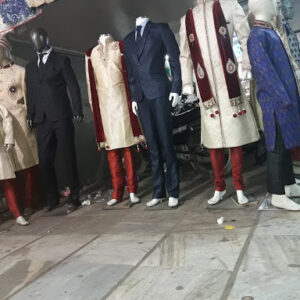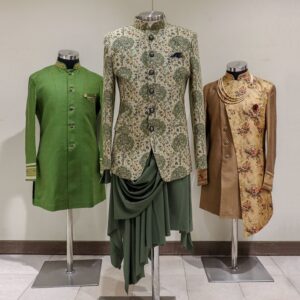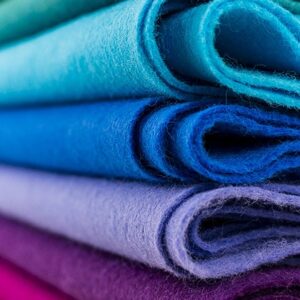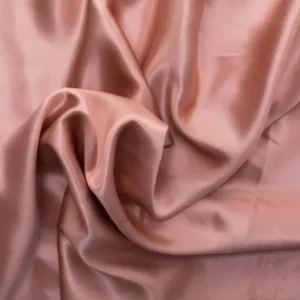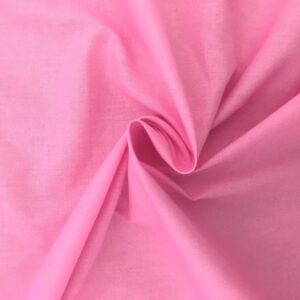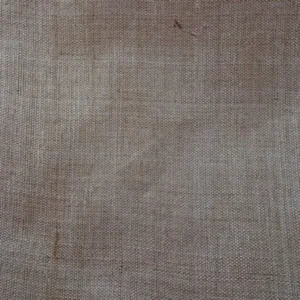Description
Muga silk is created by the Antheraea assamensis silk worm. The worms are semi-domesticated. They feed on Som and Soalu plants, and raised on trees.
Muga silk is often used to make silk saree, a traditional garmet worn in India. It has a golden color and is very durable. Like Eri silk, it can be passed down from one generation to another.
Silk fabric is produced in over 60 countries. The largest silk producer is China, followed by India. Uzbekistan, Brazil, Japan, Korea, Thailand and Vietnam account for the majority of silk production outside these two countries.
How does silk fabric impact the environment?
Silk has a mixed reputation. Proponents claim it’s the world’s most sustainable fabric, while others claim that it has the worst environmental impact of any textile. It does require energy to manufacture silk. Domesticated worms must be kept in a climate-controlled environment. Steam or heat is often used to dry the cocoons. Some analysis says that silk uses more water than other textiles, while others say it uses less.
It does require significantly less land to raise and produce, and less chemicals are used. Silk also produces zero waste, unlike cotton and synthetic fabrics. Of course, these impacts are calculated based on industry averages. Some silk manufacturers focus on sustainable practices, so they have a smaller environmental impact.
There’s one more benefit to silk for those with environmental concerns. It’s completely biodegradable. It’s also more likely to be worn for years or passed down from one person to another, which can add sustainability.

